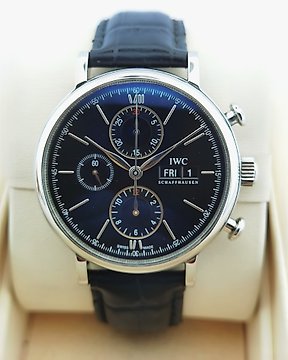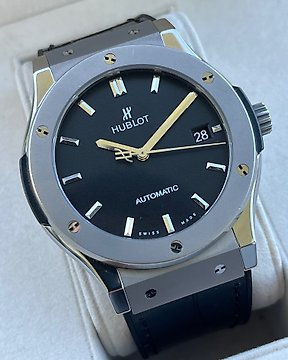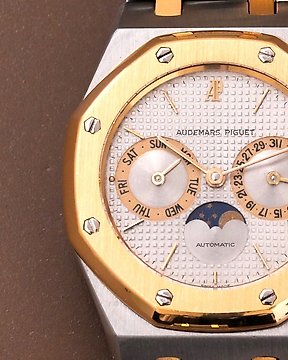Αρχαία Αιγυπτιακή Μπρούντζος Όσιρις. Ύστερη περίοδος, 664 - 332 π.Χ. Ύψος 10,3 cm.
Αρ. 85155407
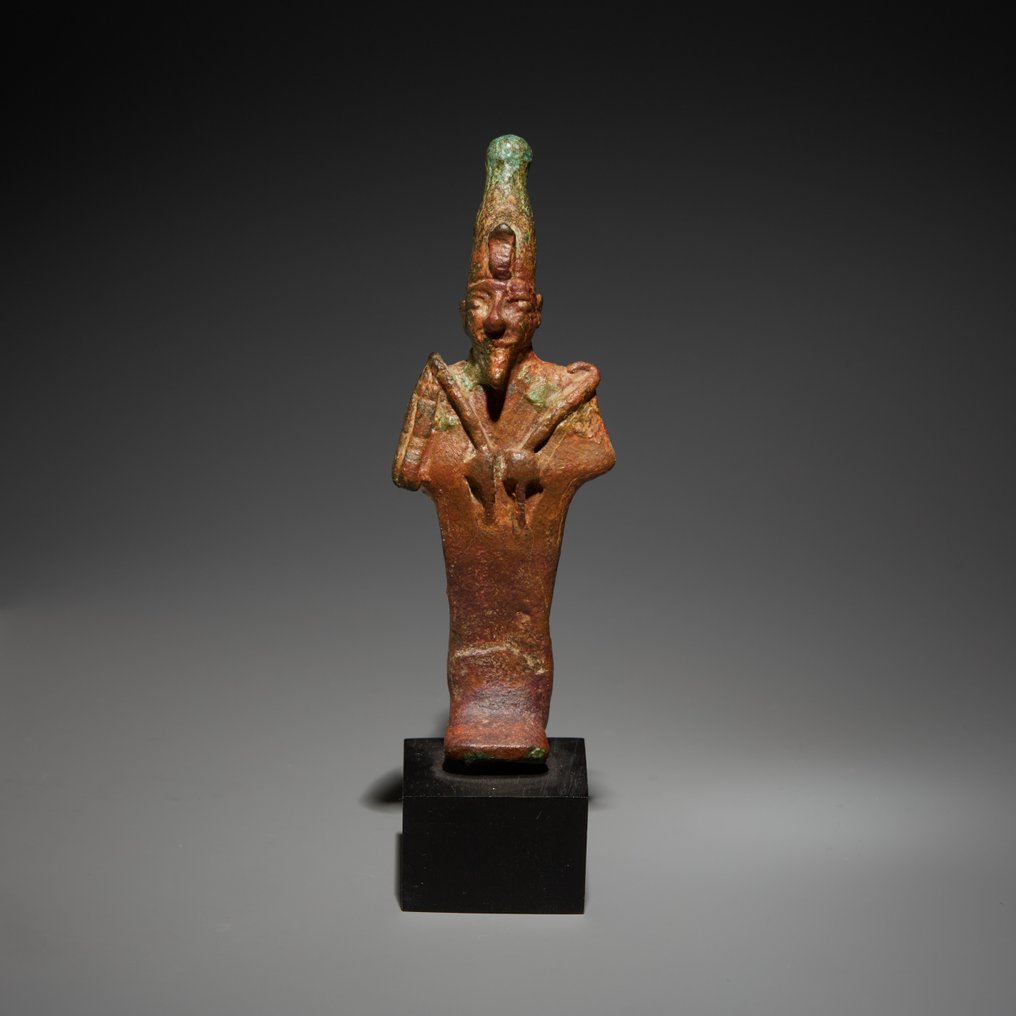

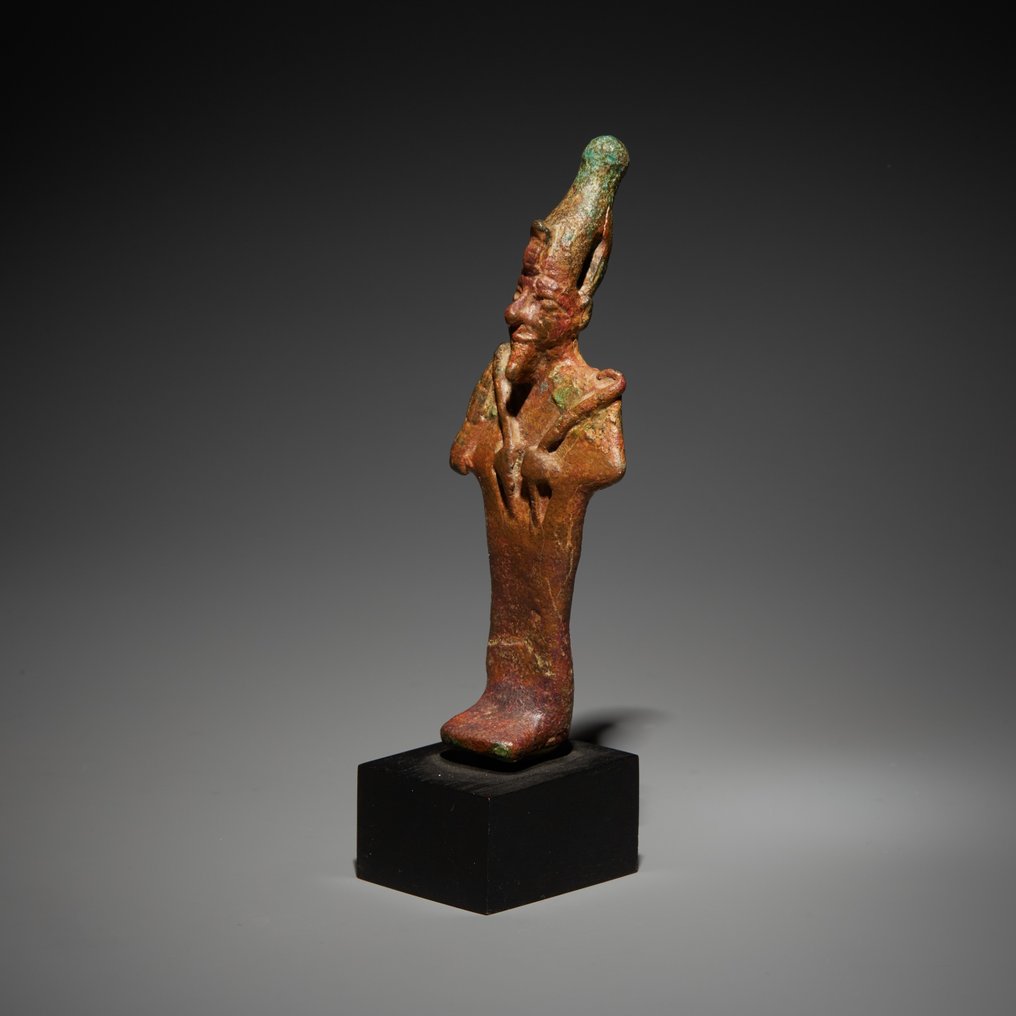
Osiris.
Ancient Egypt, Late Period, 664 - 332 B.C.
MATERIAL: Bronze.
DIMENSIONS: 10.3 cm height and 12.2 cm with the stand.
PROVENANCE:
- Art market, Barcelona.
- Private collection, J. M., Barcelona. Formed at the beginning of the 1960s - 1970s.
- Inherited by his wife C. C., Barcelona.
CONDITION: Good condition.
DESCRIPTION:
Originally, the figure of Osiris was linked to the fecundity of the Egyptian soil, the renewal of vegetation and the world of shepherds, as evidenced by the heka sceptre (which reproduces the shepherds’ crook). He embodied the fertile land and the arable fields, and therefore became the guardian of the order of the universe and the cycles of nature. But the most famous myth concerning him is the one in connection with his death, known through many versions: the son of Geb (the earth) and Nut (the sky) and the husband of Isis, the god primarily was a pharaoh. With Isis, they were a pair of royal benefactors who taught mankind farming and fishing (Osiris), weaving and medicine (Isis). Jealous of the sovereign, his brother Seth assassinated him, cut up his body and disposed of the pieces in the Nile. However, Isis, his wife and faithful widow, found and reassembled the body of her husband and, with the help of her sister, Nephtys, and of Anubis, she embalmed the corpse. After breathing life into him for a short instant, Isis was impregnated by Osiris: this union resulted in the birth of Horus, who, following in the footsteps of his father, became Pharaoh. And so, after having survived the ordeal of death, Osiris triumphed thanks to the magic of his wife and became the ruler of the underworld. He represented the seeds of life and, at the same time, was the protector of the deceased, to whom he would promise life after death.
These two closely related characteristics linking the god of fecundity and the funerary divinity were certainly the basis for the success Osiris enjoyed in the Egyptian world: from the New Kingdom on, and especially during the entire 1st Millennium BC, statuettes of Osiris were among the most important funerary offerings.
The technique of lost wax casting is a sculptural procedure using a mould made from a prototype of the piece to be worked, and this prototype is usually made from beeswax. This is covered with a thick layer of soft material, usually clay, which then solidifies. Once this has hardened it is put in a kiln where the wax inside melts and leaks out through expressly made holes in the clay. In its place molten metal is injected and this takes on the exact form of the mould. To release the final piece the mould must be removed.
Notes:
- The piece includes authenticity certificate.
- The piece includes Spanish Export License (Passport for European Union). NOT TAXES.
- According to Spanish legislation, items sent outside the European Union are subject to export taxes and will be added to the invoice, at the buyer's expense. These export fees are fixed on the final auction price and the tax rate is not applied directly on the total value of the item to be exported, but rather the different percentages by sections are applied to it:
- Up to 6,000 euros: 5%.
- From 6.001 to 60.000 euros: 10%.
This export permit application process can take between 1-2 months maximum.
- The seller guarantees that he acquired this piece according to all national and international laws related to the ownership of cultural property. Provenance statement seen by Catawiki.
Ιστορία πωλητή
Osiris.
Ancient Egypt, Late Period, 664 - 332 B.C.
MATERIAL: Bronze.
DIMENSIONS: 10.3 cm height and 12.2 cm with the stand.
PROVENANCE:
- Art market, Barcelona.
- Private collection, J. M., Barcelona. Formed at the beginning of the 1960s - 1970s.
- Inherited by his wife C. C., Barcelona.
CONDITION: Good condition.
DESCRIPTION:
Originally, the figure of Osiris was linked to the fecundity of the Egyptian soil, the renewal of vegetation and the world of shepherds, as evidenced by the heka sceptre (which reproduces the shepherds’ crook). He embodied the fertile land and the arable fields, and therefore became the guardian of the order of the universe and the cycles of nature. But the most famous myth concerning him is the one in connection with his death, known through many versions: the son of Geb (the earth) and Nut (the sky) and the husband of Isis, the god primarily was a pharaoh. With Isis, they were a pair of royal benefactors who taught mankind farming and fishing (Osiris), weaving and medicine (Isis). Jealous of the sovereign, his brother Seth assassinated him, cut up his body and disposed of the pieces in the Nile. However, Isis, his wife and faithful widow, found and reassembled the body of her husband and, with the help of her sister, Nephtys, and of Anubis, she embalmed the corpse. After breathing life into him for a short instant, Isis was impregnated by Osiris: this union resulted in the birth of Horus, who, following in the footsteps of his father, became Pharaoh. And so, after having survived the ordeal of death, Osiris triumphed thanks to the magic of his wife and became the ruler of the underworld. He represented the seeds of life and, at the same time, was the protector of the deceased, to whom he would promise life after death.
These two closely related characteristics linking the god of fecundity and the funerary divinity were certainly the basis for the success Osiris enjoyed in the Egyptian world: from the New Kingdom on, and especially during the entire 1st Millennium BC, statuettes of Osiris were among the most important funerary offerings.
The technique of lost wax casting is a sculptural procedure using a mould made from a prototype of the piece to be worked, and this prototype is usually made from beeswax. This is covered with a thick layer of soft material, usually clay, which then solidifies. Once this has hardened it is put in a kiln where the wax inside melts and leaks out through expressly made holes in the clay. In its place molten metal is injected and this takes on the exact form of the mould. To release the final piece the mould must be removed.
Notes:
- The piece includes authenticity certificate.
- The piece includes Spanish Export License (Passport for European Union). NOT TAXES.
- According to Spanish legislation, items sent outside the European Union are subject to export taxes and will be added to the invoice, at the buyer's expense. These export fees are fixed on the final auction price and the tax rate is not applied directly on the total value of the item to be exported, but rather the different percentages by sections are applied to it:
- Up to 6,000 euros: 5%.
- From 6.001 to 60.000 euros: 10%.
This export permit application process can take between 1-2 months maximum.
- The seller guarantees that he acquired this piece according to all national and international laws related to the ownership of cultural property. Provenance statement seen by Catawiki.
Ιστορία πωλητή
- 755
- 7
- 0
goede foto's, goede omschrijving, goed verpakt en snel verzonden.
Προβολή μετάφρασηςmolto bello tutto ok
Προβολή μετάφρασηςPezzo come da descrizione, davvero notevole. Venditore molto consigliato in quanto gentile e disponibile. spedizione molto veloce. Ottimo!
Προβολή μετάφρασηςVenditore davvero ottimo e gentile. Merce come da descrizione, spedizione veloce. Ottimo l'avere certificato di autenticità.
Προβολή μετάφρασηςUn 100 como empresa un 100 como envío . Empresa muy especial con mucha exquisitez en todos los productos y en personal . Muchas gracias
Προβολή μετάφρασηςAll well! Thanks.
Προβολή μετάφρασηςVery nice and fine cut little jewel! Well packed too! Thanks!
Προβολή μετάφρασηςnice piece and very fast shipping!
Προβολή μετάφρασηςEs una maravilla de moneda, donde se le nota los pasos de los años y me encanta. Servido muy rápido y bien empaquetado. Con su certificación. Qué más se puede pedir?
Προβολή μετάφρασηςSnelle en correcte levering, alleen was de verpakking voor het schilderij niet stevig genoeg.
Προβολή μετάφρασηςHerzlichen Dank!
Προβολή μετάφρασηςAll OK and with very fast shipping.
Προβολή μετάφρασηςPrachtig schilderij. Zo blij mee. Zeer nette verkoper en zeer snelle levering.
Προβολή μετάφρασηςperfect ! very fast and high quality delivery !
Προβολή μετάφρασηςAll well! Thanks.
Προβολή μετάφρασηςVendeur très professionnel, top +++×
Προβολή μετάφρασηςPhotos trop contrastées pour bien percevoir les défauts, mais ces défauts étaient visibles pour autant. Le "Bon état" est trompeur. Sinon, envoi rapide et correctement emballé. Frais de port exagérés.
Προβολή μετάφρασηςGreat communication, delivery and product. Came with a well made certificate of authenticity and good packaging. Overall very happy with the purchase! Delivery is a bit expensive, but I recommend it
Προβολή μετάφρασηςMagnifique témoin du passé, envoyé avec tous les justificatifs, impeccable. Encore une fois très satisfait, un grand merci
Προβολή μετάφρασηςThank you for the Special offer and the fast shipping of this excellent piece of art!
Προβολή μετάφρασηςvery good description of the object, very good price for this rare item,. Fast sending (has been at my place 2 days after buying!). Definitely would buy again.
Προβολή μετάφρασηςSehr schön
Προβολή μετάφρασηςAs described, perfect logistic
Προβολή μετάφρασηςgreat seller, everything came as should with certificate of authenticity
Προβολή μετάφρασης- 755
- 7
- 0
Αποποίηση ευθυνών
Ο πωλητής εγγυάται και μπορεί να αποδείξει ότι το αντικείμενο αποκτήθηκε νόμιμα. Ο πωλητής ενημερώθηκε από την Catawiki ότι έπρεπε να παράσχει τα δικαιολογητικά που απαιτούνται από τους νόμους και τους κανονισμούς στη χώρα διαμονής τους. Ο πωλητής εγγυάται και δικαιούται να πουλήσει/εξάγει αυτό το αντικείμενο. Ο πωλητής θα παρέχει στον αγοραστή όλες τις πληροφορίες προέλευσης που είναι γνωστές για το αντικείμενο. Ο πωλητής διασφαλίζει ότι οποιεσδήποτε απαραίτητες άδειες έχουν ήδη κανονιστεί /θα κανονιστεί. Ο πωλητής θα ενημερώσει αμέσως τον αγοραστή για τυχόν καθυστερήσεις στην απόκτηση τέτοιων αδειών.
Ο πωλητής εγγυάται και μπορεί να αποδείξει ότι το αντικείμενο αποκτήθηκε νόμιμα. Ο πωλητής ενημερώθηκε από την Catawiki ότι έπρεπε να παράσχει τα δικαιολογητικά που απαιτούνται από τους νόμους και τους κανονισμούς στη χώρα διαμονής τους. Ο πωλητής εγγυάται και δικαιούται να πουλήσει/εξάγει αυτό το αντικείμενο. Ο πωλητής θα παρέχει στον αγοραστή όλες τις πληροφορίες προέλευσης που είναι γνωστές για το αντικείμενο. Ο πωλητής διασφαλίζει ότι οποιεσδήποτε απαραίτητες άδειες έχουν ήδη κανονιστεί /θα κανονιστεί. Ο πωλητής θα ενημερώσει αμέσως τον αγοραστή για τυχόν καθυστερήσεις στην απόκτηση τέτοιων αδειών.






